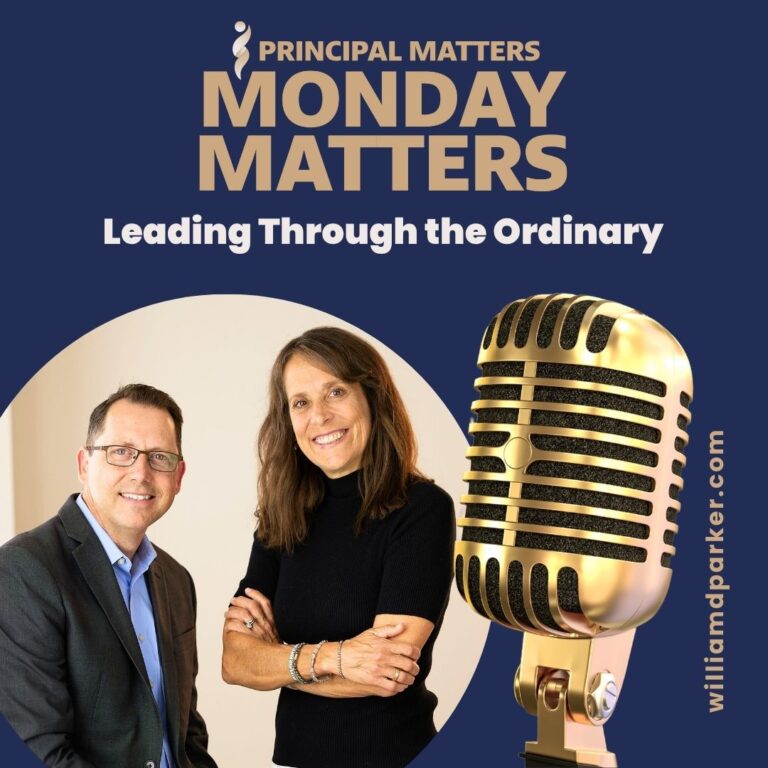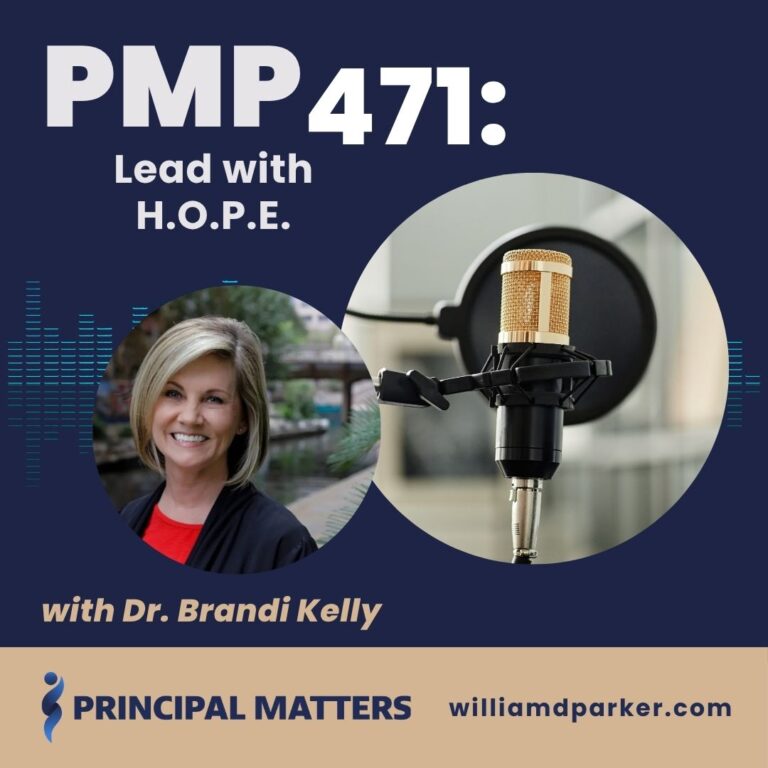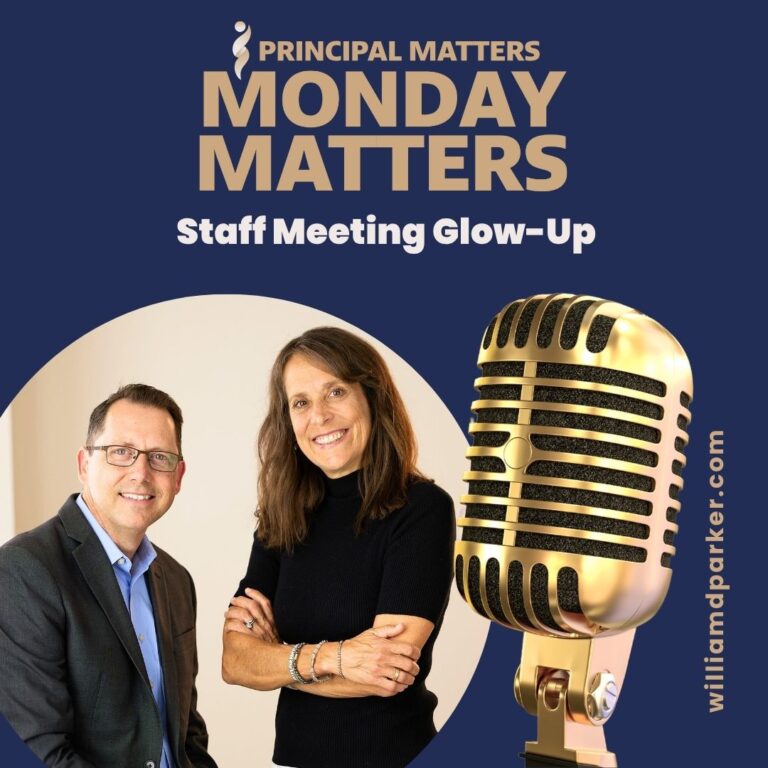Podcast: Play in new window | Download
Jen Schwanke joins me this week as we respond to listener questions. Jen Schwanke is an author and education leader from Dublin City Schools in Dublin, Ohio. We have two questions from a listener who wrote for feedback as an opportunity is opening to apply for a site principal position.
LISTENER QUESTION 1:
“After several years serving in the role of assistant principal, I have been mired in testing, discipline, bus routes etc. for the past several years. I know a little about curriculum, but I need to beef up my knowledge in the coming weeks. What tips do you have for digging in and learning curriculum?”
Jen: You don’t have to master curriculum. Just know people who have mastered it… curriculum coaches and support. Thru the evaluation process, ask questions. “This is for my learning…” Remember, you can have different standards being taught differently by different teachers.
Will: First of all, acknowledge you do not have to an expert in curriculum to be a strong instructional leader. At the same time, you should be able to identify what standards are important in learning. Curriculum choices are guided by that question. In other words, the learning standards drive the curriculum, not the other way around.
Here’s an example to consider: When someone is teaching 11th grade language arts, for instance, he or she may choose to introduce a text from Martin Luther King, Jr.’s Letters from a Birmingham Jail. Although the teacher wants students aware of relevant material from our own history, he or she also wants to tie the text to learning standards. In this case, the learning goal may be helping students understand how to analyze the elements of persuasive writing, including rhetorical strategies. The learning standards then guide the outcomes students will identify in the reading as well as model the kinds of critical thinking they will need when they practice organizing their own thoughts and writing on persuasive topics. You can apply this same learning framework to every subject. As an administrator, the goal is to apply these perspectives schoolwide. It is easier to guide instruction when every grade level and subject area has curriculum maps tie lessons and outcomes with agreed-upon standards.
LISTENER QUESTION 2:
I need to have reasonable goals for the school over the next 3-5 years. I clearly want to address learning gaps due to COVID and achievement gaps for students. Are there other areas you would recommend I look at?”
Jen: After you’ve set your own goals, you may want to pair with teachers to do the same… don’t leave this to chance… have them do it as a team… accountability comes with sharing with others…
Will: Always start with the questions:
1. What are we doing that is working?
2. What do we need to change or improve?
I’m sure you already have access to a rubric, but as a matter of reference, SMART goals should be:
- Specific
- Measurable
- Achievable
- Relevant
- Timeline
Here’s a free PD resource:
I came across a short professional development min-lesson plan I had created a few years ago on introducing teams to vision, mission and goal setting. I’ll paste it here if you’re interested in using it personally or with your teams: https://williamdparker.com/wp-content/uploads/2020/01/PD-Mission-Vision-Goals.pdf
Let’s Wrap This Up
Listen to the episode for even more explanations and feedback on the above questions!
As you lead others, do not forget that setting goals is an important part of leadership. At the same time, relationships are the bedrock of leading change. What questions or feedback do you want to add to the conversation? Reach back at will@williamdparker.com.




